Articles
Transportation

Nearshoring: Partners Lead the Way in Mexico
Establishing operations in Mexico can streamline and shorten your supply chain. These companies can help you reap the benefits and overcome the challenges of nearshoring.
Read More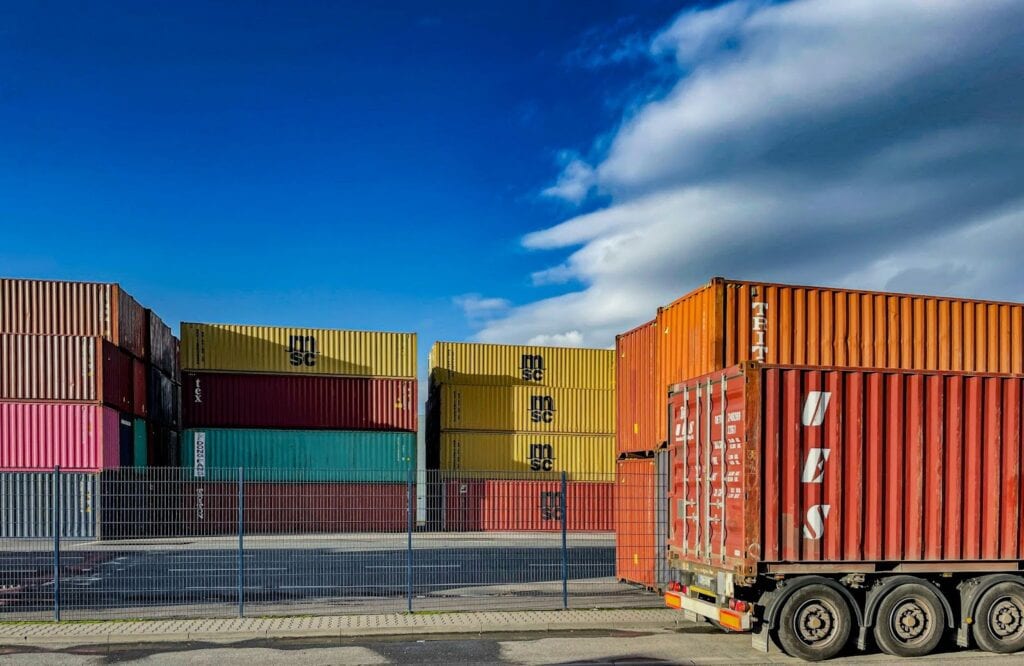
LCL: Meaning, Benefits, and Booking Process
Less than Container Load (LCL) is essential for global logistics, providing cost-effective and flexible shipping options for businesses with smaller cargo volumes.
Read More
FTL in Logistics: Definition, Benefits, and How to Use
This guide aims to provide a comprehensive overview of FTL shipping, including its definition, benefits, and practical usage. We will equip readers with the knowledge to navigate the logistics terrain confidently.
Read More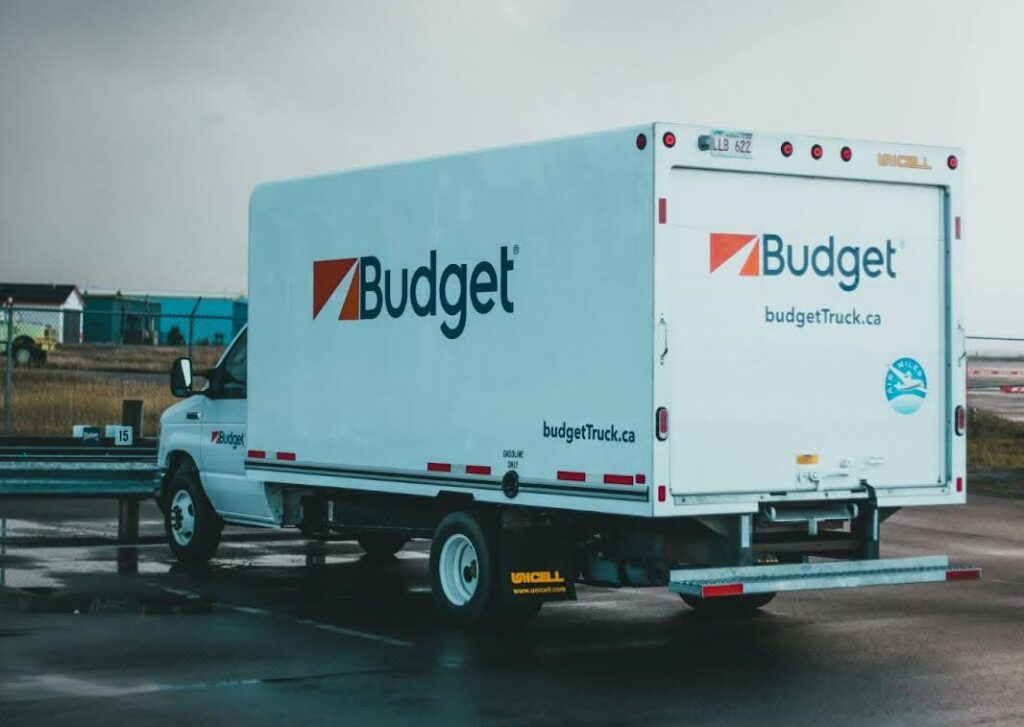
Box Trucks: Definition, Types, and Cargo
Box trucks, also known as cube or straight trucks, are the core component of the logistics industry. Their box-like cargo area makes them a favorable choice for wholesalers and manufacturers. Notably, Ford is a prominent manufacturer of box trucks, with the Ford E-Series being particularly relevant in the logistics industry due to its performance […]
Read More
Straight Bill of Lading: Definition, Significance, and Characteristics
The straight bill of lading provides a clear record of a shipment’s journey and defines ownership during transit. Understanding the straight bill of lading can help you find a way to resolve the complexities of the shipping process.
Read More
Master Bill of Lading: What It Is, Key Features, and Issuing Process
In navigating the complexities of global shipping and logistics, the Master Bill of Lading emerges as a cornerstone document, orchestrating the seamless movement of goods across oceans.
Read More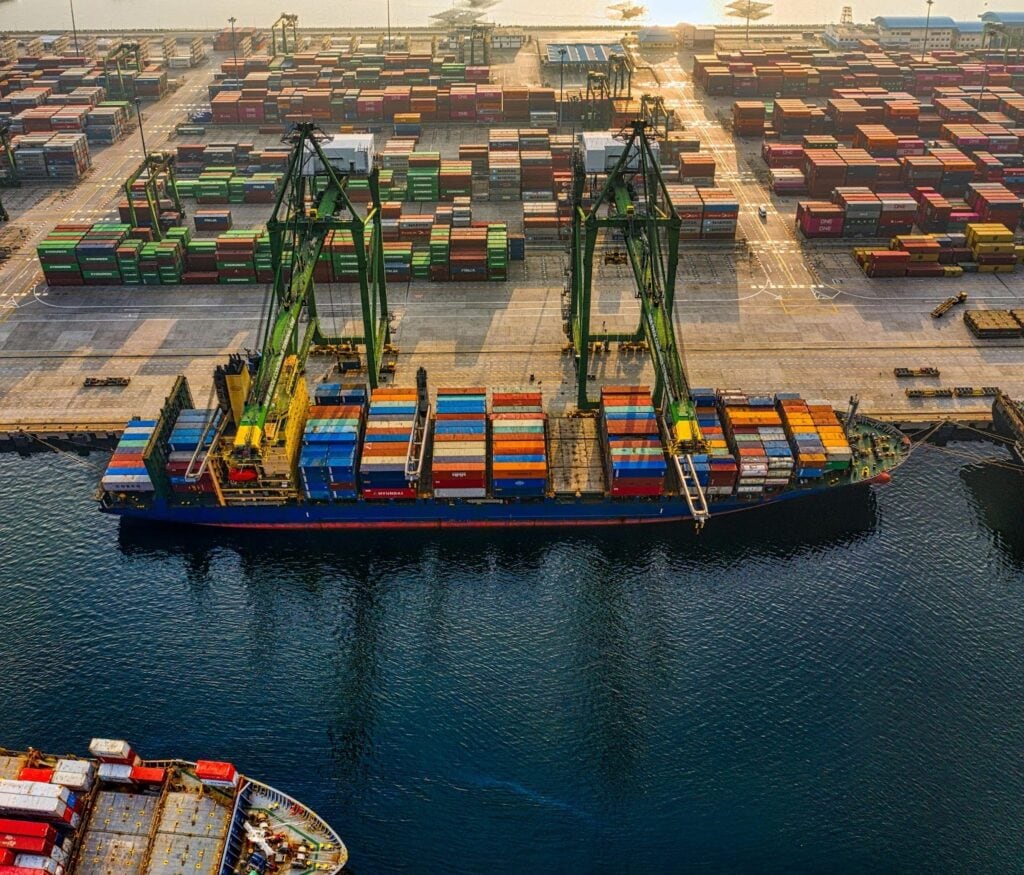
Surrender Bill of Lading Explained: Benefits, Applications, and Role in Shipping
Understanding the complexities of global shipping demands a thorough understanding of documents like the surrender bill of lading. This guide explains its role in transferring legal ownership, streamlining the shipping process, and minimizing legal problems.
Read More
Stale Bill of Lading: Definition, Importance, and Benefits
A bill of lading plays a pivotal role in logistics and shipping. This legal document, which serves as a receipt for the shipment of goods, outlines the terms under which cargo is transported. It covers various types, from straight bills to negotiable ones, each with specific functions and purposes. Central to ensuring a smooth transaction, […]
Read More
What is Wholesaling? Definition, Components, and Challenges and Solutions
Wholesaling is a critical aspect of commercial shipping. But what is wholesaling? It acts as the intermediary link between manufacturers and retailers in the supply chain. Efficient wholesale shipping ensures smooth logistics operations and timely delivery to the end consumer. In this guide, we will clarify the definition, components, challenges, and solutions of wholesale shipping […]
Read More
Alaska: Terrain for the Tenacious
The logistics challenges of Alaska are met—and overcome—by enterprising and innovative logistics professionals who make it their mission to serve the people of the Frontier State.
Read More
Claused Bill of Lading: Definition, Key Characteristics, and Process
This articles explores everything related to the Claused Bill of Lading and its unique role in the shipping industry, uncovering its implications for shippers and carriers.
Read More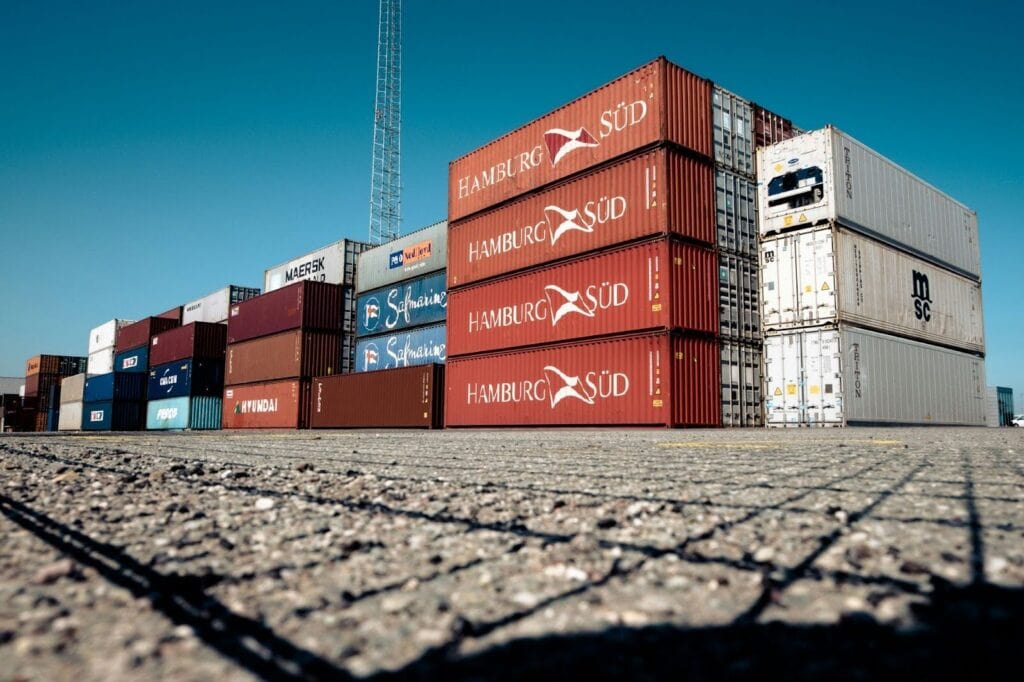
Cross Docking vs Drop Shipping: Their Key Differences
In the fast-paced world of business logistics, shipping methods play a key role. Cross docking vs drop shipping–it may be difficult to choose but this logistics guide will help you understand the differences and make the right decision. These two approaches can facilitate your supply chain management as a business owner. This guide delves into […]
Read More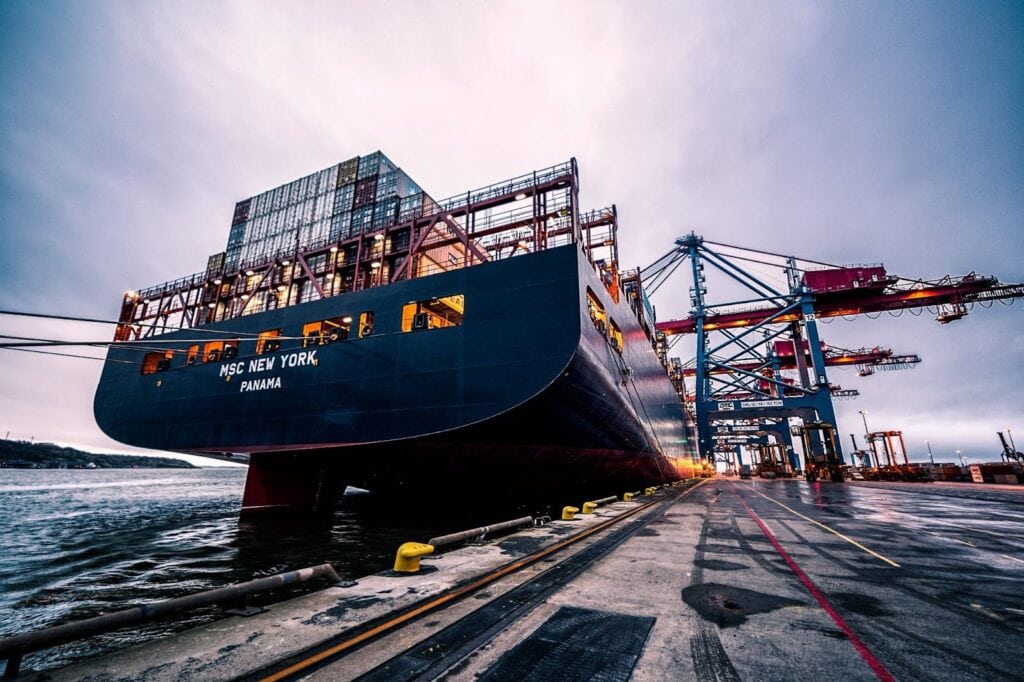
Bill of Lading (BOL): Definition, Example, and Importance
The Bill of Lading (BOL), derived from the old English word hladan (but sometimes mistakenly called a bill of laden or bill of landing), is a vital document in the logistics and transportation sector, serving as a legally binding contract of carriage and a detailed record of goods in transit. It is governed by strict […]
Read More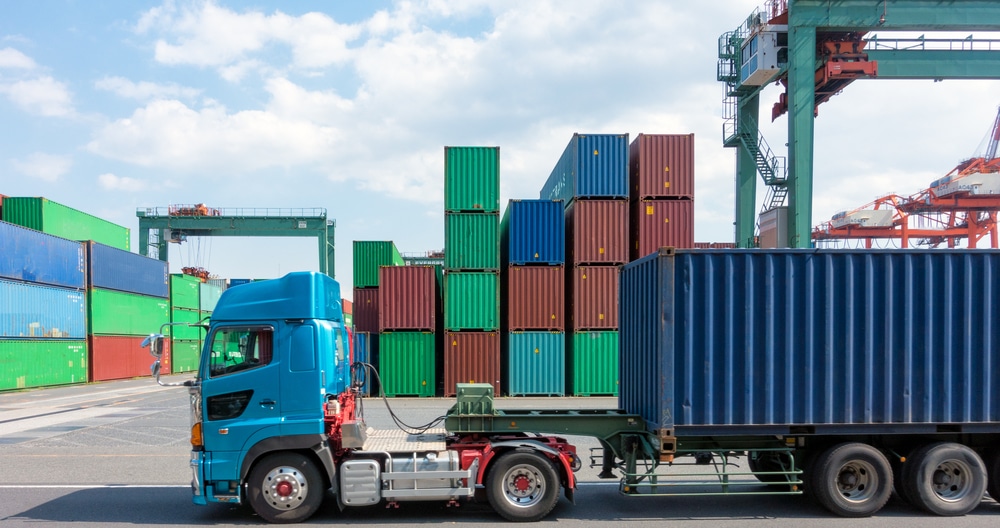
Drayage vs Cartage: Key Differences
Commercial shipping relies heavily on two essential methods for moving freight: drayage and cartage services. Each plays a distinct role in guiding goods to their final destination, from a port to a nearby facility or across short distances within a city. Though they serve similar purposes, the differences between drayage vs cartage are significant, and […]
Read More
The Power of Diversity in Transport Tech
Transportation technology, once a world dominated by traditional infrastructure, has now become a hotbed of innovation driven by technology such as autonomous systems, artificial intelligence, and advanced driver assistance systems. While these advancements have reshaped the industry, it is the evolution of gender diversity that has the potential to revolutionize it further.
Read More
What is a Liftgate? Definition, How It Works, and Benefits
Liftgates facilitate the loading and unloading of heavy materials from trucks using hydraulic power to bridge the gap between the ground and the cargo space of a truck, proving indispensable in various commercial settings.
Read More
Courier vs Freight: Which is Best for Your Shipping Needs?
The choice between freight and courier shipping depends on the specifics of your shipment, including size, weight, urgency, and cost considerations. Here is a closer look at the two transportation types as well as their benefits and drawbacks.
Read More
Spotlight on Freight Audit & Payment: Interest is Up in Keeping Costs Down
Optimizing transportation spend is top of mind for shippers today—and the emphasis is likely to grow as companies seek ways to maximize budgets across every department. As a result, the need for freight audit and payment services is growing.
Read More

The Future of Freight: What to Expect
The next few years will bring further disruptions to a freight model that the industry spent decades optimizing. In 2024 and beyond, new consumer demands, technological advancements, and broader changes like nearshoring will present new opportunities for logistics leaders from first to final mile.
Read More